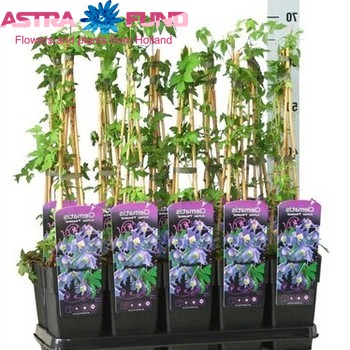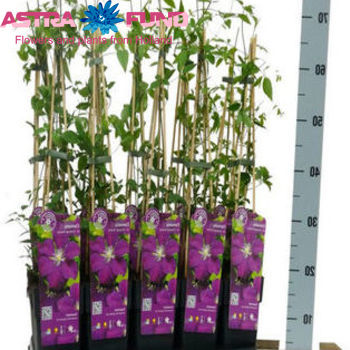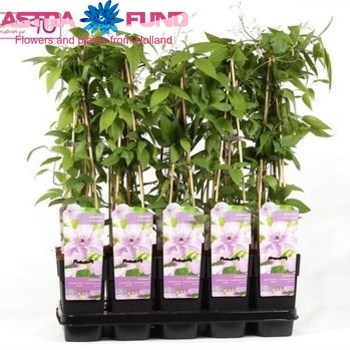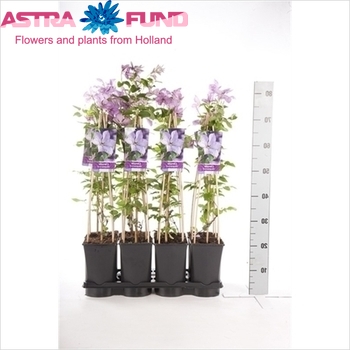Subscribe to our newsletter
Clematis

When confronted with a tangle of spindly clematis vines to prune, many gardeners get no further than scratching their heads and wondering where to begin. The confusion is most likely caused by the specific pruning needs of the many species and varieties. Some clematis vines like to be cut to the ground each year. Others just need a simple shearing to keep them looking good. But how do you know what kind of pruning a clematis needs? The key to success is figuring out which of the three pruning groups your clematis belongs to. By identifying the group and following the instructions, the task will seem much less daunting. Below you'll find pruning instructions for each group, along with a few representative varieties. See What group is my clematis? for many more varieties listed by group. If you are still not sure what type of clematis you have or which group it belongs to, let the plant grow freely for a year or two and watch how it flowers. You will then be able to assign it to a group. If left unpruned, clematis vines become overloaded with decrepit stems that produce few flowers. By the same token, more vigorous species and varieties that are left unchecked bear most of the flowers high atop the plants and run the risk of tearing down their supporting structure or pulling themselves down under their own weight. Pruning clematis vines stimulates new growth, which increases the number of flowers, encourages flowers at a level where you can best enjoy them, and takes weight off the plant to keep it from toppling over. Pruning also helps to keep clematis vines healthy. Clematis wilt, or fungal stem rot, occasionally strikes this plant, causing shoots, leaves, or sometimes whole vines to collapse and brown, usually in early summer. Pruning back wilted shoots to healthy growth, or, if needed, pruning the whole plant almost to ground level prevents the disease from spreading and stimulates new stem growth from the remaining healthy tissue. Also, pruning the dense tangle of stems opens the remaining shoots to air and light and reduces the number of leaves that can hold moisture, which encourages wilt and other diseases.












